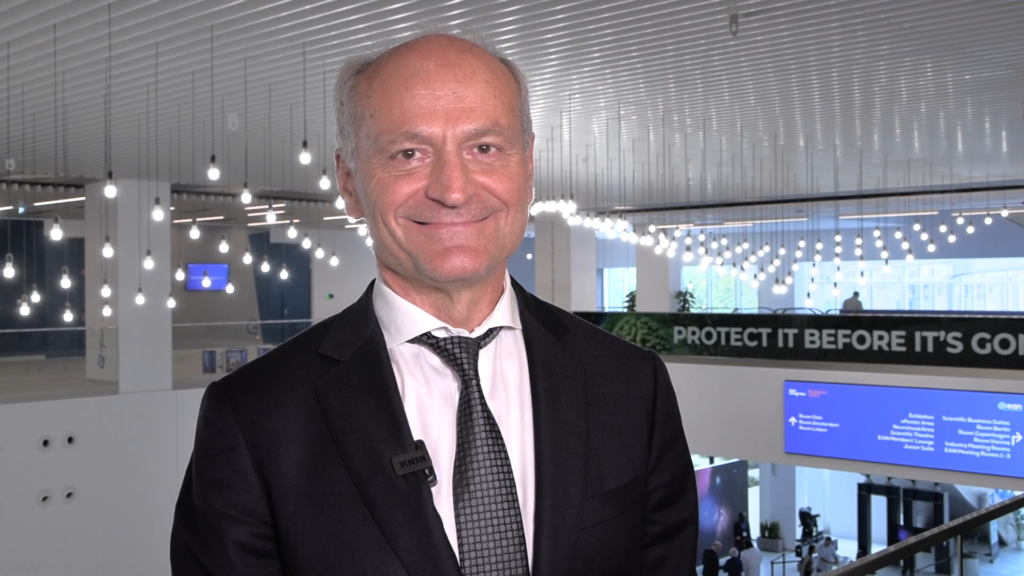Olivier Rascol discusses catechol-O-methyltransferase (COMT) inhibitor use in Parkinson’s Disease and the latest clinical findings on opicapone.
FILMED AT THE INTERNATIONAL CONGRESS OF PARKINSON’S DISEASE AND MOVEMENT DISORDERS (IPMDS), JUNE 2016
HOW ARE THE CATECHOL-O-METHYLTRANSFERASE (COMT) INHIBITORS USED IN PARKINSON’S DISEASE?
00:12 – COMT inhibitors have been used for a while in the treatment of Parkinson’s disease. They are not working on their own but in complement of levodopa because they improve the bioavailability of levodopa. So in patients with Parkinson’s disease who have off problems, which means that a certain number of hours during the day the symptoms of Parkinson’s disease become prominent, in combination with levodopa, this reduces the time spent off and that has been one of the strategies to manage the advanced stage of Parkinson’s disease.
CAN YOU TELL US ABOUT THE LATEST CLINICAL FINDINGS ON OPICAPONE?
00:51 – For the past decade, we have been using two different COMT inhibitors entacapone and tolcapone, but they are not ideal drugs. They provided excellent improvement in the management of the patients but they have limitations. Entacapone is administrated several times a day and the amount of time spent off, in terms of reduction of time spent off, is about 45 or 40 minutes. Tolcapone is more potent but cannot be used easily because in some patients there is liver toxicity so we have to monitor liver function in the patient. So opicapone is a new COMT inhibitor. It is slightly more potent than entacapone in terms of reduction of time spent off. The average amount of reduction is about 60 minutes, as opposed to 40 minutes with entacapone. And the other interest is that at the moment, there is no signal of potential liver toxicity. And of course it may be too early to be entirely secure that there will be no problem because only a limited number of patients have been exposed in clinical trials. But as opposed to tolcapone, where there was already some signals in clinical trials, at the moment, as far as we know and what can be expected and analysed from the trials, there is no signal.
WHAT ADVANTAGES DOES OPICAPONE HAVE OVER EXISTING COMT INHIBITORS?
02:28 – We see the drug as a little bit more potent than entacapone. Also, from a statistical perspective it is difficult to demonstrate in the clinical trial which are available, it has been shown to be non-inferior to entacapone, but numerically the amount of better time during the day for the patient is slightly better on opicapone than entacapone. And the other advantage is I suppose that with opicapone we are expecting that the drug will be safer regarding the liver function.
HEPATOXICITY HAS BEEN AN ISSUE FOR COMT INHIBITORS IN THE PAST. WHAT HAVE BEEN THE SAFETY FINDINGS OF OPICAPONE?
03:09 – Opicapone has been developed and chosen as a molecule among a number of causing compounds which are blocking COMT, as one of these which is not having an impact on the mechanism which are supposed to explain, while a drug like tolcapone impairs liver function and can be toxic. Again, the exact mechanism which is not 100% clear, but there has been a lot of efforts to, in terms of the metabolism on mitochondria issues to be clear and safe with a drug like opicapone as opposed to tolcapone. In animal models, in clinical trials, there are no signals. So it looks like if this has been an appropriate choice. Of course we know that acute hepatitis can be rare. So even if there are several hundreds of patients followed up for several months in a development programme, if there is only one case out of 10,000, this might not be sufficient to detect it. And this is why post-marketing surveillance is going to be important, if the drug is likely to be marketed soon and many more patients exposed.












